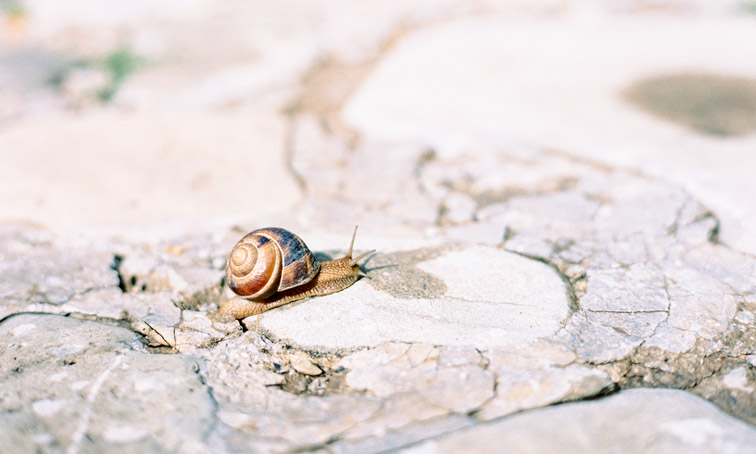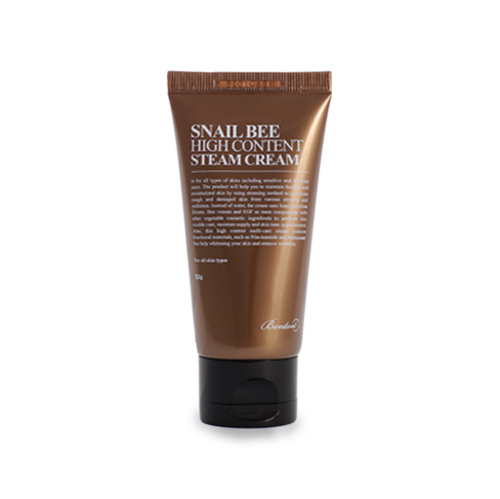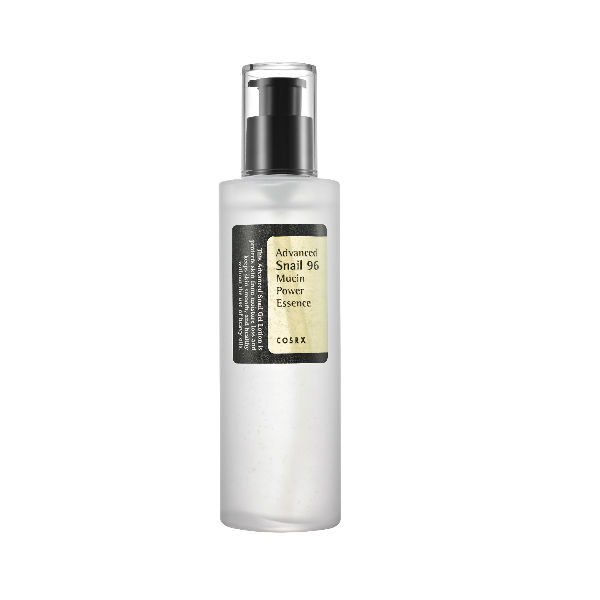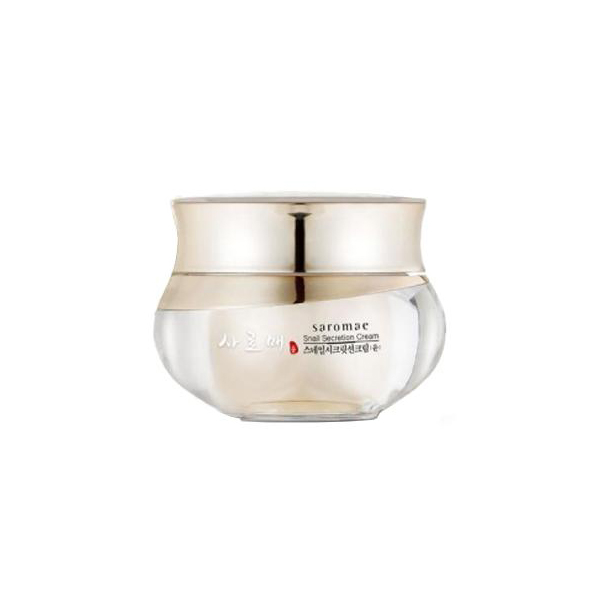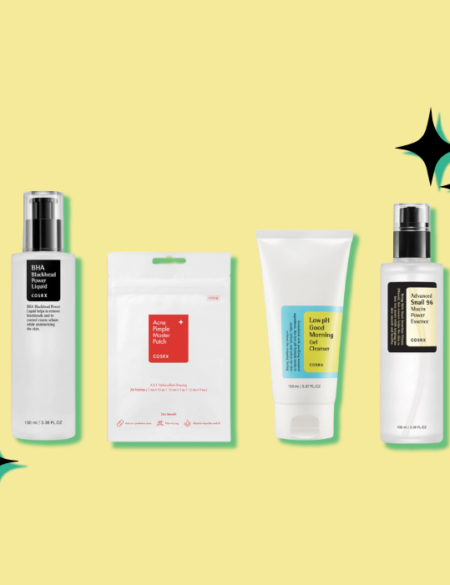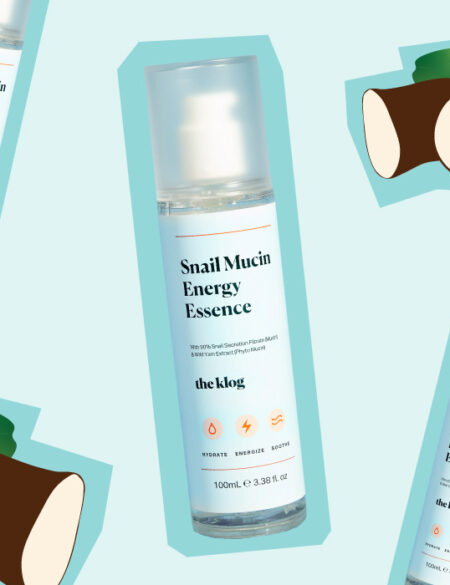If you’re a K-beauty addict, you’ve most likely looked at your beauty products with snail mucin and asked yourself this question: How does snail mucin get into beauty products? Here’s your answer.
From repairing skin damage and providing anti-aging benefits to soothing irritated skin and fading acne scars, snail mucin, or snail secretion filtrate, offers so many benefits. It’s truly a versatile ingredient, suitable for all skin types and concerns, and plays well with other ingredients. Studies have shown that snail mucin even helps with atopic dermatitis.
In fact, even before snail mucin became popular as a skin care ingredient, the main component of snail mucin, Chondroiton sulfate, was recognized for its ability to help improve arthritis, liver diseases, nephritis, and fatigue.
But have you ever wondered where snail mucin comes from? You might be thinking that snails are plucked from their natural habitats and forced to produce mucin, which eventually ends up in pretty packaging on store shelves. Or you might have assumed that snail mucin is artificially created in a petri dish and then mass produced to meet the high demand for snail mucin. The answer is none of the above. Read on for the scoop.
Who collects the snail mucin?
Cosmetics companies can be roughly divided into three categories: one that manufactures the raw materials, one that creates products using those materials, and lastly, one that sells the final products. Snail mucin is created by companies that make the raw materials, which in the case of Cosrx, one brand with popular snail products, is CoSeedBioPharm Co.
Each manufacturer has its own know-how’s when it comes to collecting snail mucin, but what is common among them is the fact that they need to create an environment that’s comfortable for the snails and allow them have adequate rest to optimize mucin production.
SMD cosmetics, for example, keeps their snails under the care of farmers in Chile who, the brand says, “help the snails move at a slow rate to stimulate healthy and safe levels of secretion”.
What kinds of snails are used?
Because snail mucin products are applied topically, only edible snails are used in skin care products. Popular edible snail species are the Roman snail (Helix pomatia), the common ingredient for escargot, and its close relative the garden snail or petit-gris (Helix aspersa).
Cosrx’s manufacturer uses another edible species called the giant African snail (Achatina fulica). They are larger, with shells that grow up to four inches in diameter, and their mucin has been tested to be safe for topical use. These snails are grown in captivity, since they are more sanitary than those found in the wild.
How is snail mucin collected?
For Cosrx products, snails are placed over a mesh net in a dark and quiet room. As nocturnal creatures, the snails prefer this environment. For about 30 minutes, the snails are left alone to freely roam the net, leaving mucin in their trails.
Throughout the process, there is no external stress applied to the snails or the mesh net to force mucin production. This is due to two reasons. First, animal testing is illegal in Korea, and animal abuse is a huge topic that has sparked many controversies. Second, optimal mucin production occurs when snails are well-rested and comfortable in their habitat, which is why Cosrx’s manufacturer tries their best to make sure that the snails are healthy and comfortable.
After 30 minutes, the snails are transferred back to their homes to rest and regain energy while the mucin is collected and processed for cosmetic use. The collected mucin is then processed to properly stabilize the product and make it suitable for cosmetic use before being sent over to Cosrx.
How does the quality of snail mucin differ among products?
Insofar as Chondroitin sulfate is the main component of snail mucin, the general benefits of snail mucin are the same across the board. The real difference comes down to the formulation of the product.
The Cosrx Advanced Snail 96 Mucin Power Essence, for instance, contains 96% snail mucin, which means snail mucin appears first in the ingredient list. There are 11 other ingredients in the product, all designed to maximize the benefits of snail mucin. The snail mucin in this essence is also processed to leave your skin tacky, a feeling many Korean skin care fans love, without being unpleasantly sticky.
SMD Cosmetics’ beloved Saromae Snail Serum Concentrate contains 62% snail mucin from the Helix aspersa snail (enough to be highly effective, but not too much to make the product feel slimy) combined with active botanicals like licorice root to brighten and peony root to fight free radicals and to prevent signs of aging.
Then, Benton combined the power of snail mucin and bee venom (which reduces inflammation from issues like acne and plumps and firms skin for a more youthful appearance) in its Snail Bee High Content Steam Cream.


